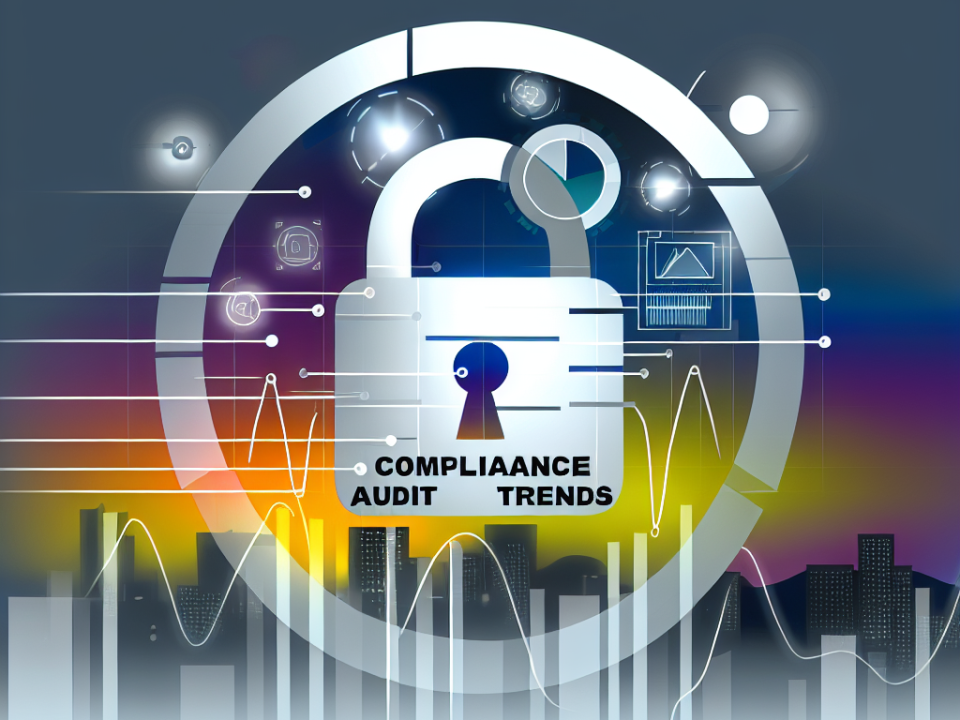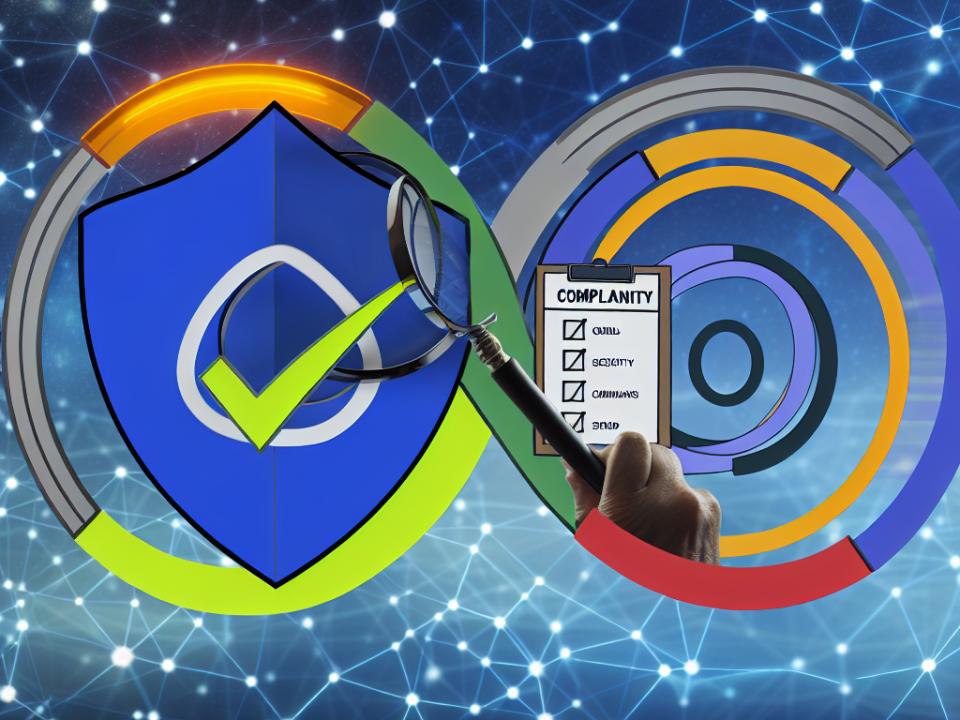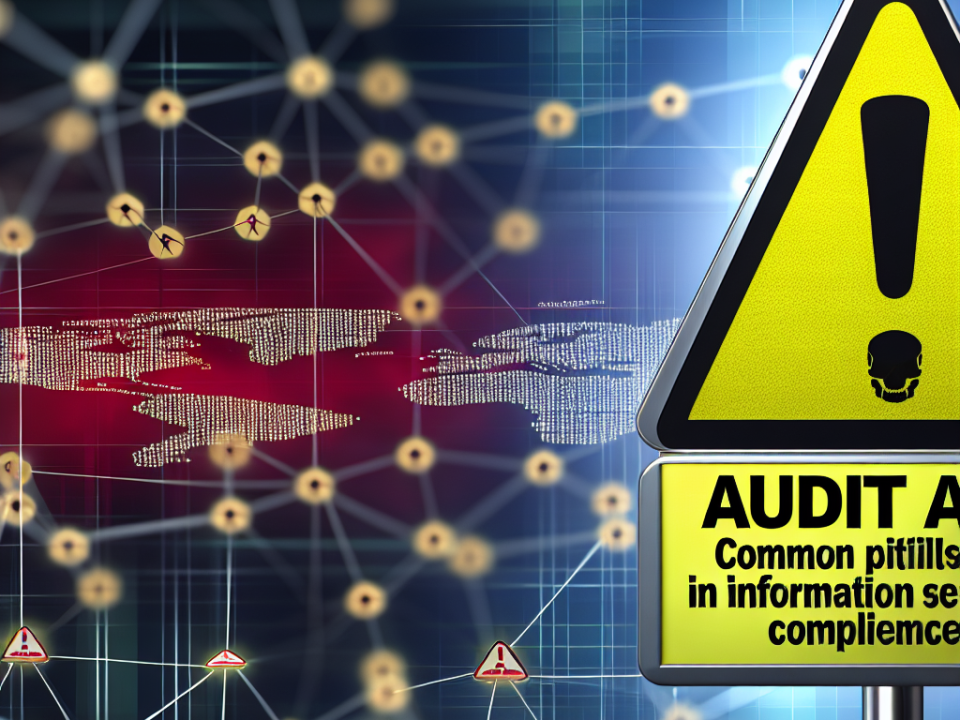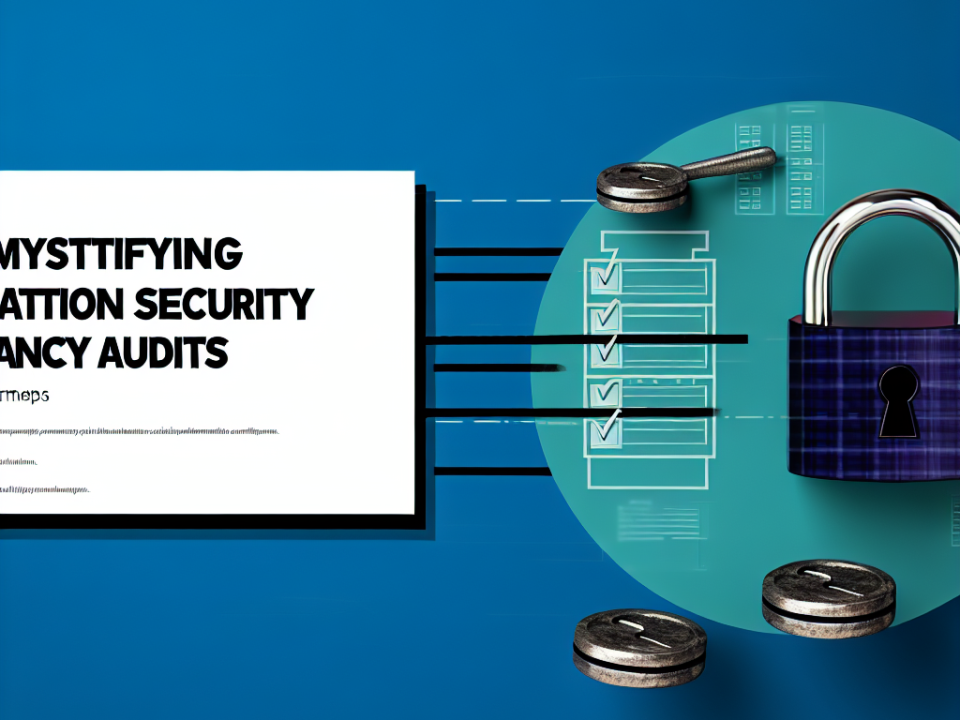
Cost-Effective Cybersecurity: How a vCISO Can Save Your Business Money
August 4, 2025
Top Benefits of Hiring a vCISO: Enhancing Security Without the Overhead
August 5, 2025
In today’s digital landscape, organizations face an ever-evolving array of cybersecurity threats. With increasing regulatory scrutiny and compliance mandates from governments and industry bodies, it’s critical for businesses to establish a robust cybersecurity framework. This article outlines key steps for creating a cybersecurity framework that aligns with regulatory standards and effectively mitigates risks.
Understanding Regulatory Standards
Before you dive into building a cybersecurity framework, it’s essential to comprehend the regulatory standards that apply to your industry. Some of the prominent standards include:
- ISO/IEC 27001: An international standard for information security management systems.
- NIST Cybersecurity Framework: Offers guidelines to manage and reduce cybersecurity risks.
- GDPR: Governs data protection and privacy in the European Union.
- HIPAA: Focuses on safeguarding medical information.
- PCI-DSS: Established for organizations that handle credit card information.
Step 1: Conduct a Risk Assessment
The first step in building a cybersecurity framework is conducting a thorough risk assessment. This involves identifying and evaluating the potential threats to your organization’s information systems. Consider the following:
- Assets: What critical assets do you have (data, systems, applications)?
- Threats: What external and internal threats could impact these assets?
- Vulnerabilities: Identify weaknesses in your current security posture.
Step 2: Define Cybersecurity Objectives
Once you understand your risks, outline specific cybersecurity objectives that align with regulatory requirements. Your objectives should focus on the following:
- Confidentiality: Protect sensitive information from unauthorized access.
- Integrity: Ensure data is accurate and unaltered.
- Availability: Maintain access to information and resources when needed.
Step 3: Develop Policies and Procedures
Create detailed policies and procedures that define the roles and responsibilities across the organization. Opportunities to consider include:
- Access Control Policies: Who has access to what data and systems?
- Incident Response Plans: How will the organization respond to a security breach?
- Data Protection Policies: How will you handle, process, and store data?
Step 4: Implement Security Controls
Based on the risk assessment and policies, implement technical controls to minimize the risks identified. Common security controls include:
- Firewalls: Protect your network from unauthorized access.
- Antivirus and Antimalware: Guard against various forms of malware.
- Encryption: Safeguard sensitive data at rest and in transit.
- Multi-Factor Authentication: Enhance access control by requiring multiple forms of verification.
Step 5: Training and Awareness
Human error is often the weakest link in the security chain. Conduct regular training sessions to educate employees about cybersecurity best practices, company policies, and their roles in protecting sensitive information. Consider:
- Phishing Simulations: Test employee awareness of phishing attacks.
- Regular Workshops: Keep cybersecurity top of mind with ongoing education.
Step 6: Monitor and Audit
To ensure the effectiveness of your cybersecurity framework, continuous monitoring and auditing are essential. Implement:
- Logging and Monitoring Solutions: Track all access and activity within your systems.
- Regular Audits: Schedule periodic audits to evaluate compliance with policies and regulations.
- Vulnerability Scanning: Regularly assess systems for vulnerabilities and address them promptly.
Step 7: Review and Update
Cybersecurity threats are not static; they evolve constantly. Regularly review your cybersecurity framework and update it as necessary. This not only helps in maintaining compliance with regulatory changes but also adapts to new threats:
- Conduct Annual Reviews: Assess and update policies, procedures, and controls annually.
- Stay Informed: Follow updates on regulatory standards and emerging cybersecurity threats.
Conclusion
Building a cybersecurity framework that aligns with regulatory standards requires a strategic approach that considers organizational needs, regulatory compliance, and evolving threats. By following these steps, organizations can develop a resilient framework that not only meets regulatory obligations but effectively protects sensitive information from growing cybersecurity risks. A proactive, well-structured approach to cybersecurity is crucial in today’s digital environment.







